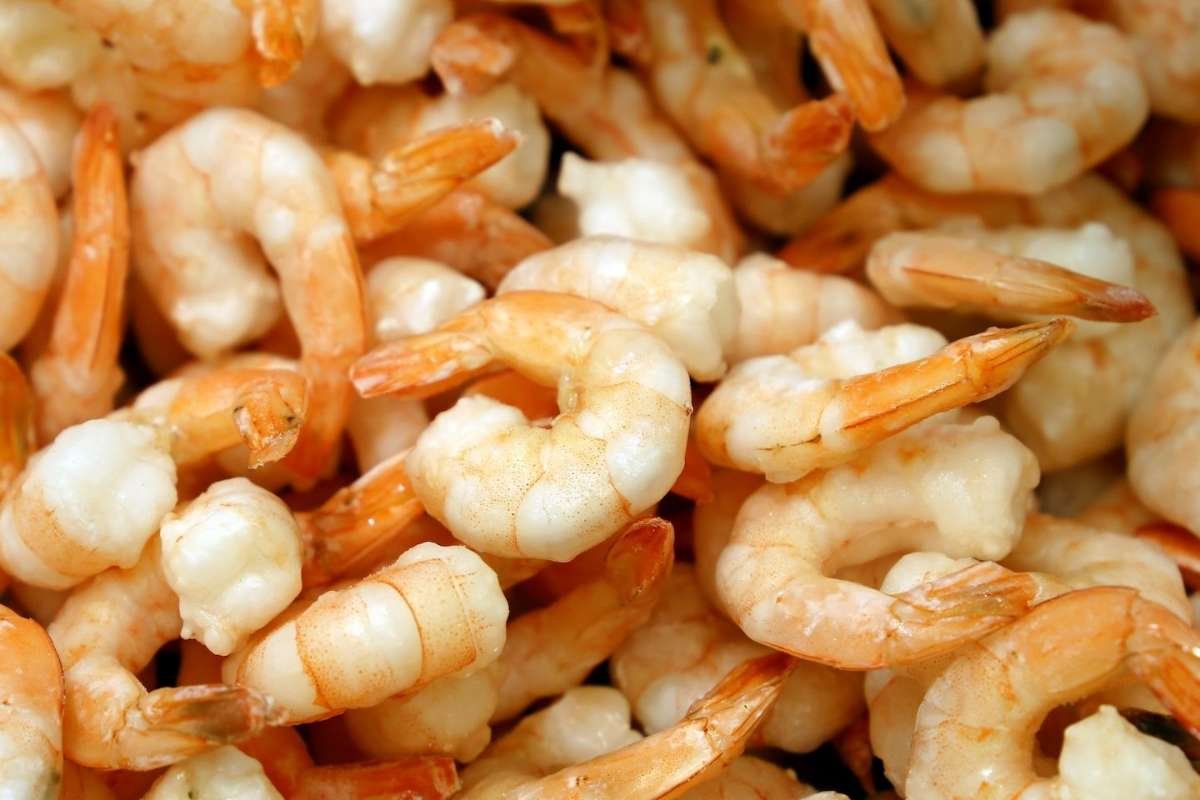What exactly is Ayurveda?
Ayurveda is derived from the terms Ayur (which means “life”) and Veda (which means “science”) (which means knowledge). As a result, we might think of Ayurveda as life wisdom. It originated in Southeast Asia, notably India, maybe centuries before Chinese Medicine.
Ayurveda vs Traditional Chinese Medicine, Traditional Chinese Medicine focuses on the holistic knowledge of the body and attempts to establish harmony in each person’s life. As a result, the major approaches of Ayurveda strive to educate practitioners about a life with considerable lifestyle changes in terms of body, mind, and spirit. Routines are taught on how to engage not only with oneself but also with others, which are now routinely taught in the Western world via popular activities such as yoga courses.

Therapies in this ancient discipline begin with an internal cleaning procedure, followed by a variety of food suggestions, and, lastly, a great deal of introspective work with yoga and meditation. Massages and even music or singing activities may also aid in the purification of the body.
Chinese Traditional Medicine
Traditional Chinese medicine (TCM) is founded on the Chinese Naturalism and Taoism philosophical doctrines (pronounced Daoism). The Tao is translated as “the path,” but its meaning is much more nuanced. To demonstrate the Tao, I will use the following quotation from the I Ching, the earliest written text of Chinese philosophy:
Tao practice consists of daily reduction; learning consists of daily accumulation. Continue to shrink until you achieve the stage of No-Ado No-Ado, and yet nothing is left undone.

No-Ado is effortless non-action, harmony in stillness; it is the Tao’s proposed condition of being. Yet, equating No-Ado with the Tao is an overly broad notion. “The road that can be mapped is not the everlasting Way/ The name that can be called is not the eternal Name,” Wallnofer says, quoting Chinese thinkers.
Tao is just what it is. It is the wellspring of all oneness in the universe. It encompasses Heaven, Earth, and mankind, tying them together in a meaningful way. Taoist thinking recognizes the internal-external macrocosmic-microcosmic link.
A Comparison Analysis Ayurveda vs Traditional Chinese Medicine
Although I am glad to have been born in the age of modern medicine, there is much to be said about looking back to our forefathers’ health habits. Ayurveda vs Traditional Chinese Medicine is founded on concepts from the distant past, yet they have survived in today’s society and in contemporary medicine. It is critical to ask how and why.
Before we can explore how they are connected and how they have survived, we must first identify each discipline. Several similarities exist between Ayurveda vs Traditional Chinese Medicine. The emphasis of both systems is on the patient rather than the ailment. Both systems basically strive to promote health and improve quality of life by using holistic therapy solutions for the treatment of particular illnesses or symptoms.
About half of the botanical sources utilized as remedies (such as Gotu Kola) are identical; also, both systems have comparable philosophies focused on allowing the classification of humans, materials, and ailments.

In Ayurveda vs Traditional Chinese Medicine, TCM regards the human as the center of the cosmos, acting as an antenna connecting heavenly and terrestrial forces. The five elements of the material universe are water, earth, metal, wood, and fire. The world is one entity whose movement generates yin and yang, the two primary antithetical qualities. The word yin and yang literally means “opposites,” such as the positive and negative.
Yet, the Chinese believe that yin and yang are relative rather than absolute. The four physiological touches of humor (qi, blood, moisture, and essence) and internal organ systems (zang fu) are critical in balancing yin and yang in the human body. Disease arises when the two energies are out of balance. While treating patients, the doctor considers this notion. To remedy this yin-yang imbalance in the human body, drugs or herbs are employed.
According to Ayurveda, the cosmos is made up of combinations of the five elements (pancha mahabhutas). They are the five elements: akasha (ether), vayu (air), teja (fire), aap (water), and prithvi (earth). The five elements can be found on all scales of life and in both biological and inorganic substances in the material world. Elements in biological systems, such as people, are programmed into three forces that regulate all living activities. These three forces (kapha, pitta, and vata) are referred to as the three doshas or tridosha.
Each dosha is made up of one or two components. Vata is made up of space and air, Pitta is made up of fire, and Kapha is made up of water and earth. Vata dosha is associated with the movement and rapidity of space and air; pitta dosha is associated with the metabolic properties of fire; and kapha dosha is associated with the stability and firmness of water and earth.
Every physiological and psychological process in a live creature is regulated by the tridosha. The interaction between them defines the individual’s characteristics and circumstances. A harmonic balance of the three doshas promotes equilibrium and health; an imbalance, whether excess (vriddhi) or deficiency (kshaya), appears as a sign or symptom of sickness.
Ayurveda vs Traditional Chinese Medicine is the most ancient but still active tradition. These are the two “great traditions,” both of which have solid intellectual, experiential, and experimental foundations. Some of the reasons for rising public interest in complementary and alternative medicines are increased side effects, a lack of curative therapy for some chronic illnesses, the high cost of new pharmaceuticals, microbial resistance, and emerging disorders.
It is predicted that by 2010, at least two-thirds of the US population will be adopting one or more alternative therapy modalities. The use of indigenous pharmaceuticals of natural origin is an important component of these treatments; around 1500 herbals are offered as dietary supplements or ethnic traditional remedies. Pharmaceutical corporations have refocused their efforts on natural product medication research and discovery. We can learn a lot from these traditions and their practitioners about how to utilize contemporary medicine more effectively.







